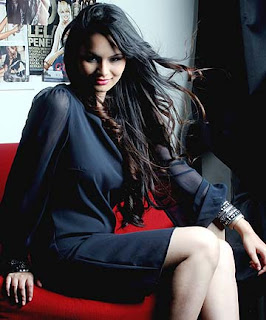Ray-Bans were first created in 1936. Some years earlier, Lieutenant John A. Macready (an American test pilot) returned from a balloon flight, complained that the sun had permanently damaged his eyes, and contacted Bausch & Lomb asking them to create sunglasses that would provide protection and also look sophisticated.[vague][citation needed] On May 7, 1937, Bausch & Lomb took out the patent, and the Aviator was made available to the public.[citation needed] The prototype, known as Anti-Glare, had a frame weighing 150 grams. They were made of gold-plated metal with green lenses made of mineral glass to filter out infrared and ultraviolet rays. Pilots in the United States Army Air Corps immediately adopted the sunglasses.[citation needed] The army wanted sunglasses that would protect the soldiers' eyes from harmful light while maintaining a stylish look.[citation needed] The Ray-Ban Aviator became a well-known style of sunglasses when General Douglas MacArthur landed on the beach in the Philippines in World War II, and photographers snapped several pictures of him wearing them.[citation needed] Ray-Bans were quickly seen outside the army. They quickly gained popularity through other wars[vague] and even made a debut in the movies.[vague] In 1952, Ray-Ban created another style, the Ray-Ban Wayfarer, this time with plastic frames, which became popular soon after its release.[citation needed] By 1962, Ray-Ban started to create impact-resistant lenses. It was not until ten years later when the United States of America made impact-resistant eye wear mandatory through the FDA regulation.[3] Wayfarer sunglasses were seen on movie stars, TV stars, and musicians.[citation needed] Ray-Ban still remains a top designer[vague] in the sunglasses industry with its constant changes of color, frames, and lenses.
Celebrity endorsements
[edit]
1950s and 1960s
The fifties was when Ray-Bans had gained recognition through American pop-culture endorsements for the first time. Kim Novak and Marilyn Monroe wore Wayfarers in public and movies.[citation needed] As the style grew in popularity, celebrities such as Roy Orbison, James Dean, Bob Dylan, and John F. Kennedy were seen in public and on television and movies wearing Wayfarers.[citation needed]
[edit]1970s and 1980s
As the 1970s lacked public celebrity endorsements for Ray-Ban, the 1980s was the decade of revival for them. In 1982, Ray-Ban signed a deal with a California company[vague] for $50,000 a year in order to have product placement for the brand in movies and television programs.[citation needed]
[edit]1990s
The 1990s had no record of new celebrities seen wearing Ray-Ban sunglasses; however, product placement in movies and television continued, such as in the 1997 film Men in Black.[citation needed]
[edit]2000 - present
The Wayfarer model reaches the light of British pop culture,[vague] as stars such as Lily Allen, Alexa Chung, and Agyness Deyn are seen wearing them in public or on television.[citation needed]

Ray-Ban's "Never Hide" campaign was launched in March 2007. It consisted of a YouTube series and a film advocating customers to "Never pretend. Never be afraid. Never give up. Never Hide".[4]The campaign also encourages people to live their lives with authenticity and no fear of judgement. Short YouTube videos show musicians and bands such as Slash of Guns N' Roses and Two Door Cinema Club wearing Ray-Ban products and playing live shows.[4]














